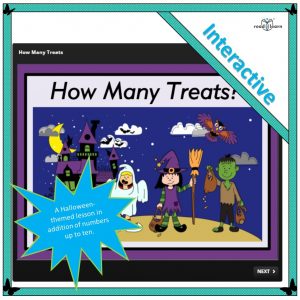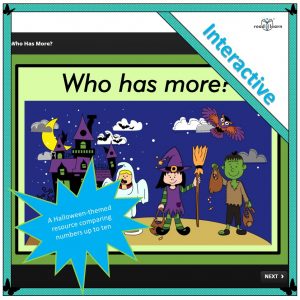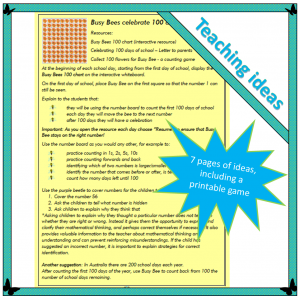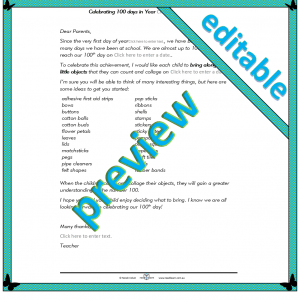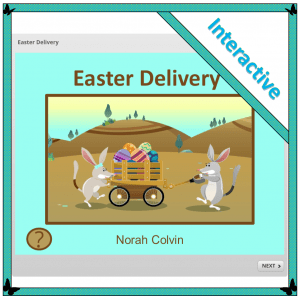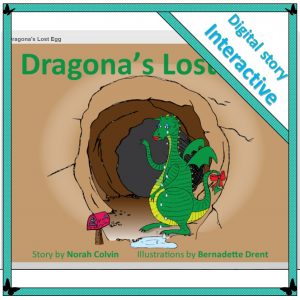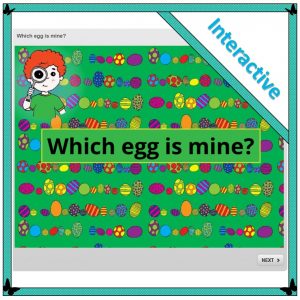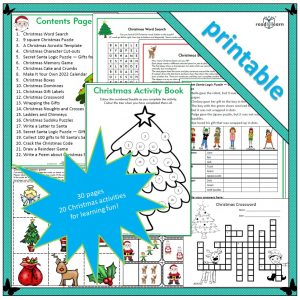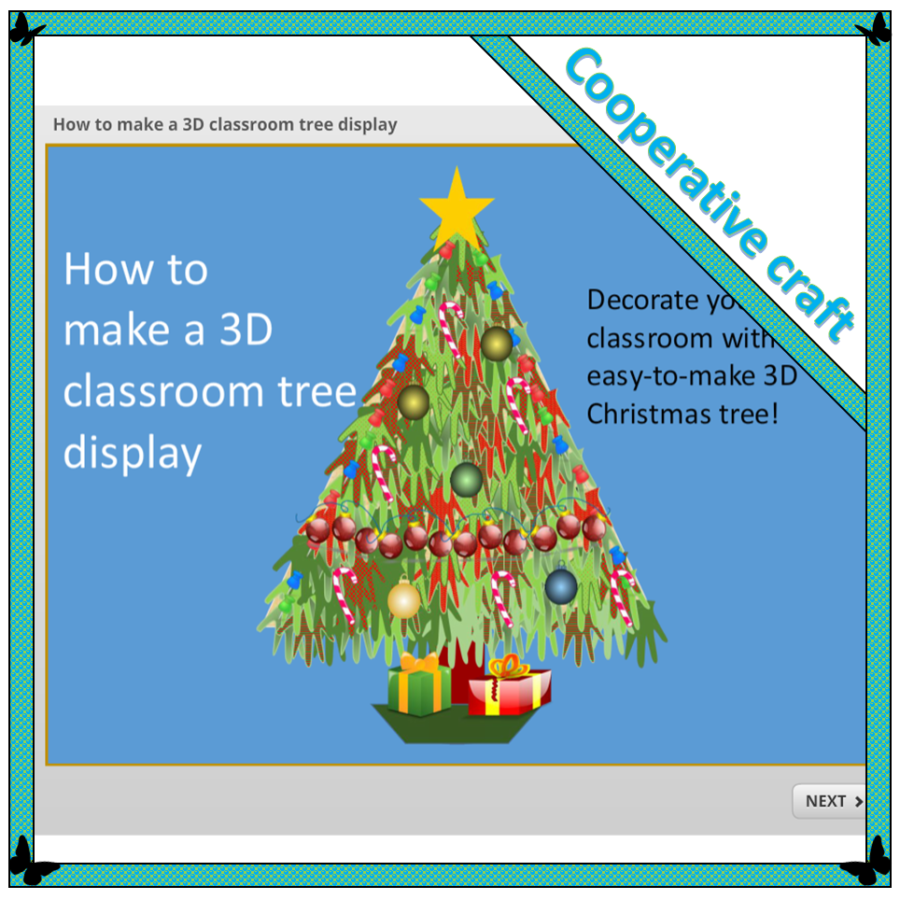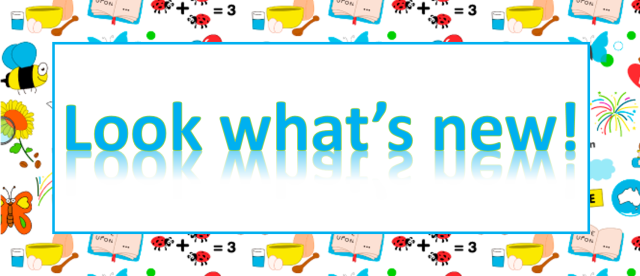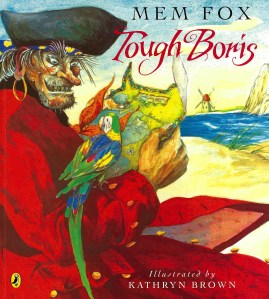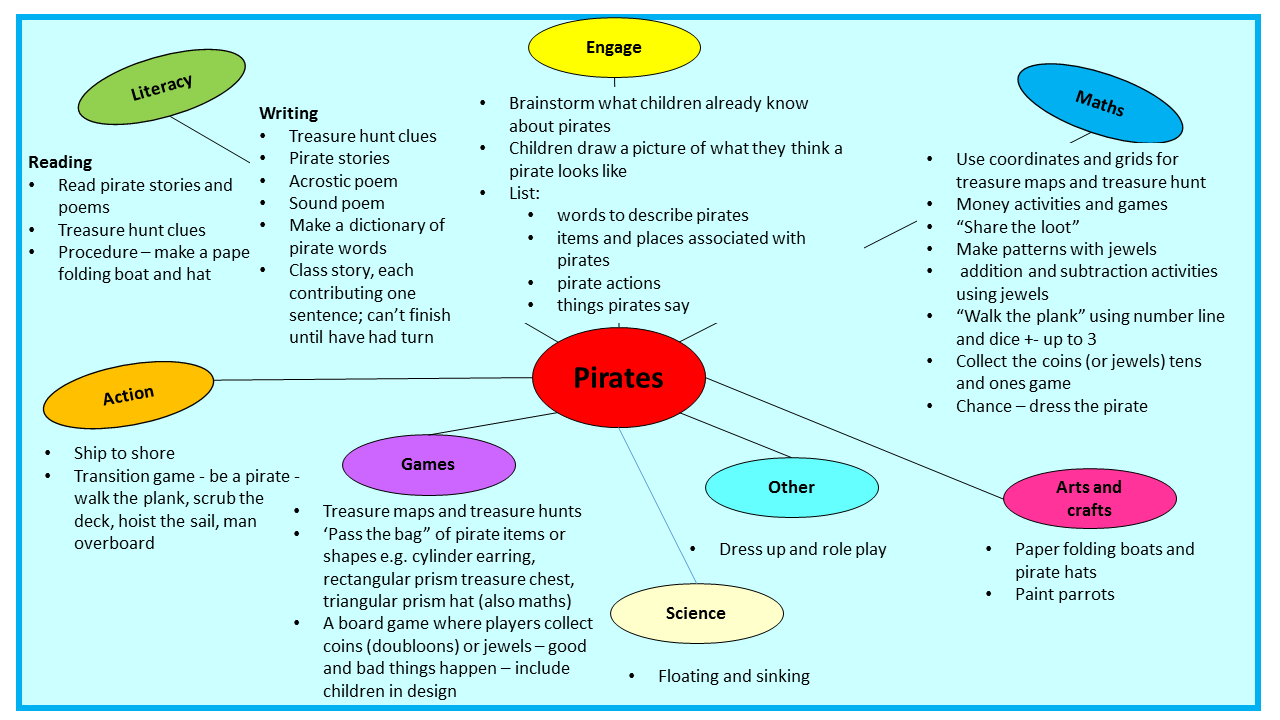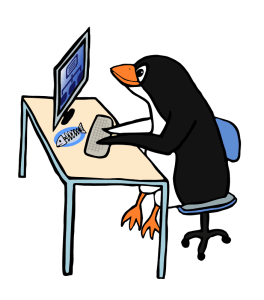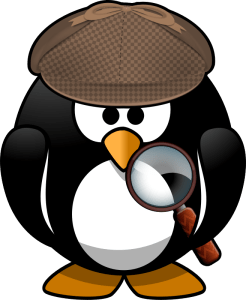A week or two ago my good friend Sarah Brentyn who blogs at Lemon Shark (Navigating the uncharted waters of parenting and life) raised the issue of students having required reading over the summer holidays. Sarah recalled that when she was at school she had lists of books to read, and book reports to complete as proof of having done so. She expressed concern that no holiday reading is currently required of her school-age sons.
The basis for Sarah’s concern is what is known as “the summer slide”, the loss of skills, especially reading, if not practised over the long summer holidays. Studies show what teachers observe: that students start a new school year with skills at lower levels than just a few months earlier. Revision and review of the previous year’s work must be factored in before new work can be commenced.
Sarah wasn’t so much concerned for her sons who are avid readers and will read regardless of whether it is required or not. Knowing Sarah, her sons will also benefit from an environment enriched with a variety of other learning experiences. All children could benefit from the types of support and encouragement Sarah provides for her sons.
Sarah’s concern was for children who don’t choose reading as a holiday activity. She believes children should continue to learn over the holidays, and does not understand why learning can’t be fun. I agree with Sarah. However I am a bit ambivalent about the requirement that particular books be read, and probably am not in favour of asking that book reports be submitted.

There was never any set reading to be done over the holidays when I went to school, or when my children went to school, and I am not aware of any such requirement of children attending school currently in Australia. The fact that it is not a requirement doesn’t make it either right or wrong. It is simply a new concept to me.
I would be reluctant to set homework for completion over the holiday period, especially the summer holidays for a number of reasons, including:
- students will be moving to a new class and teacher, some even to a new school, after the holidays and that teacher may not view the set work in the same way
- students have spent the school year reading, writing and performing other activities required of them, activities that may have little relevance or interest to them
- students may spend the holiday period in alternate activities and then rush or “fudge” required tasks, seeing them simply as work that must completed, rather than something they want to do
- I think children need time to follow their own pursuits and interests without having to fill in a worksheet to say what they have done
- I think children and their families need some time together without the stress of completing set tasks
- I think it is important for children to have time to wonder, imagine and create, to be comfortable in their own company, devising their own plans and schedules and activities, some of which may be just down time (the ability to relax in an ever-hurried world is very desirable).

But, like Sarah, I wouldn’t always be leaving children to their own devices, allowing them to wander the bush and beach from daylight till dusk as I did during the school holidays (when I wasn’t reading a book, playing games with siblings or friends or doing household chores). I would be mindful of their activities, ready to make suggestions, provide experiences or encourage other interests; but the direction would always be theirs and never forced or “required”.
However I am equally as keen to avoid the occurrence of that “summer slide”. As my contribution towards its prevention while also promoting the notions that learning is fun and that opportunities for it abound, I link to three of my previous posts:
20 suggestions for maintaining reading momentum during the school holidays
Let the children write! 20 suggestions to get children writing during the school holidays
Counting on the holidays!
While I reproduce the suggestions from each post here, each set of suggestions is also available as a free downloadable PDF in my TEACHERS PAY TEACHERS store. For your convenience, I have provided a link to each in the headings below:
Reading
- Read to and with your child every day – continue the practice established throughout the year with special sharing times during the day or at bed-time — or both!
- Demonstrate that you value reading by making time for your own reading, or setting aside a special quiet time when everyone in the family reads.
- Visit the library and borrow to read, read, read!
- Read poetry books, song books, picture books, joke and riddle books, crossword books, information books, chapter books (these can be read to younger children, or with older children – taking turns to read a page or a chapter each) — what are your favourites?
- Trade books no longer read for others at a second-hand book store.
- When dining out, have your children read the menu and choose their own meal.
- Include your child in holiday cooking and have them read the recipe – ingredients and method. Perhaps they could read the recipe book to select the meal for the day.
- Suggest your child read the TV guide to find when favourite programs are showing and establish a timetable for viewing, rather than haphazard watching with random flicking through channels.
- Provide your child with bookstore catalogues and encourage them to read book descriptions to guide their next selection.
- Bestow upon your child the title of ‘Family weather watcher’ and have them consult weather forecasts in the newspaper or online to select the most suitable days for planned outings and activities.
- Include your child in making decisions about holiday activities. Give them the guide, or read the guide together and jointly choose the activities.
- Make the library, museums and art galleries high on the list of must-dos. Many of these offer a wonderful assortment of free holiday entertainment for children, and reading is an essential part of getting the most from each visit!
- Engage your child in some craft activities which require them to follow written instructions. The ability to understand and follow procedures is empowering and requires the ability to read written, as well as visual, instructions.
- Encourage your child to ask questions about every day events and phenomena. Help them to research in books at home, in the library or on the internet.
- Provide eBooks as well as books in print. Good ones bring a new dimension to the reading experience.
- When going out for the day, or journeying further away on a holiday, support your child in locating destinations on a map and in selecting an appropriate route. Engage your child in giving directions while en route.
- Include your child when reading bus or train timetables.
- When doing the family grocery shop, give your child their own list of items to look for.
- Listen to recorded books on long car journeys, or have books for listening to or reading along with in bed.
- Make the most of every reading opportunity that occurs throughout the day!
Writing
- Use adhesive notepaper to write messages to your child and encourage your child to write a message back.
- Encourage children to write letters or emails, cards or postcards to grandparents, aunties, uncles and friends. These can be to inform them of the holiday or the year’s activities, or to thank them for a visit or gift.
- Demonstrate that you value writing by making time for your own writing, e.g. keeping a diary, writing letters and cards to family or friends, writing a shopping list.
- Display a message board prominently in the home and list important events, reminders and messages. Encourage your child to add their own messages to the board.
- Provide a calendar or diary and ask your child to note family birthdays, holidays and events for future reference.
- Encourage your child to keep a diary in which important events and feelings are noted.
- Play word games e.g. Scrabble and other crossword games; Boggle or ‘hangman’. (If you don’t like the connotation of ‘hangman’, give each player ten counters to start with. Each time an incorrect guess is made, they give away a counter. If all counters are used then they miss that word.)
- Write poems and songs together.
- Encourage children to write and perform ‘plays’ for the family.
- Take photos of events during the day and use them to make a photo book. This can be done instantly on a computer with photos taken using a phone or tablet and emailed with accompanying text.
- Insert photos from a phone, digital camera or tablet into a slideshow program such as PowerPoint, then add text to create a digital story or record. With one click these can be saved as an automatic show or MP 4 video.
- Involve children in planning the weekly meals by selecting recipes for a menu they write, and for which they create a shopping list of required ingredients.
- Write rebus messages to your children and ask them to write a rebus message back, e.g.

- Invite your child to create lists e.g. activities they would like to do over the holidays, movies they would like to see or friends they would like to invite to a sleep over.
- Encourage your children to write the step-by-step instructions for making a craft item they have just designed, or to write down the rules for a game so that everybody is sure how to play.
- Suggest that your child write down questions they would like answered, and then write the information discovered during research (by interviewing or asking people, reading books or internet search).
- Suggest to children that they make a storybook for a younger sibling or friend.
- When going out for the day, or journeying further away on a holiday, children could be asked to write directions for the journey as discovered by consulting paper or online maps.
- Help children to set up and maintain a blog to create a record of activities and events to be shared with family and friends. The posts could be regular e.g. daily or weekly, or follow particular activities.
- Make the most of every writing opportunity that occurs throughout the day!
Maths
Number and place value
- Count items e.g. birds in the sky, shells collected from the beach, people for lunch, steps in a staircase, windows on a house, seats in a bus . . .
- Count out the cutlery required for each person at dinner
- Include your child in shopping activities by helping them to:
- Recognise the coins and notes
- Count the value of coins and notes
- Predict whether they have enough money to purchase an item, and whether there will be change
- Tender the money in payment for an item
4. When your child is sharing e.g. the biscuits, balloons or slices of fruit, ask them to:
- Predict if there will be enough for everyone to have one, or more than one each
- Share out the items, allocating the same number to each
- Determine if there are any left over and what to do with them
5. Use terms like half and quarter correctly, e.g. when cutting apples, oranges, sandwiches, pizza, to indicate pieces of equal size
6. Play games that involve counting, e.g. counting the number of skips, balls in hoops, pins knocked down or dice games like snakes and ladders that require adding as well as number recognition and counting
7. Make up number stories e.g. “We had five apples in the bowl. I ate one, and you ate one, how many are left?”
8. Read books with number concepts e.g. Pat Hutchins The Doorbell Rang, Eric Carle Rooster’s off to see the world or Kim Michelle Toft One Less Fish
Patterns and algebra
- Use items to make patterns e.g. sort and create a pattern from shells collected at the beach, building blocks or toy cars
- Look for patterns in the environment e.g. fences, tiles, walls and window, zebra crossings
- Decorate cards and drawings with a patterned frame
- Make gift wrapping paper by decorating with potato prints or stamp patterns
Measurement and geometry
- Include your child in cooking activities and allow or support them to:
- measure the ingredients
- set the temperature on the oven
- work out the cooking finish time
- A child’s understanding of volume and capacity can be developed when they:
- pour glasses of water from the jug and discuss terms such as enough, full, empty, half or part full, more, less
- pour from one container into another of a different shape to compare which holds more and which holds less
- Scales can be used to compare the mass of different items or quantities e.g. compare an apple and an orange, measure the mass of butter required for a recipe
- Measuring length can be included by:
- measuring and comparing height
- cutting a length of string to tie a package
- measuring who is closest to the jack in a backyard game of lawn bowls
- Use the calendar to
- Learn the names and sequence of days in the week or months in the year
- count the passing days or the number of days until an event
- Identify shapes in the home and environment e.g.
- 2D shapes: tiles on floor and walls, shapes of windows, sections of footpath
- 3D shapes: cereal boxes (rectangular prism), balls (sphere), bottles or cans (cylinder), dice (cube)
- Play games that involve shapes e.g. jigsaw puzzles, tangrams
- Talk about directions e.g. left, right, forwards, backwards and follow directions on a grid
- Play games that involve directions and movement in space e.g. battleship,Hokey Pokey,Simon Says, snakes and ladders, ludo
- Read and discuss books that include measurement concepts e.g. Pamela Allen:Who Sank the Boat?(volume); Eric Carle: The Very Hungry Caterpillar (days of the week) and The Bad Tempered Ladybird (time); Penny Matthews and Andrew McLean A Year on our Farm (months and seasons); and for looking at places on a map Mem Fox Sail Away The ballad of Skip and Nell or Annette Langen & Constanza Droop Letters from Felix
Probability and statistics
- When discussing the weather or desired activities include the language of probability e.g. possible, certain, likely, unlikely, impossible
- Encourage children to collect data about family or friends by asking yes/no questions e.g. do you like swimming, or making a graph of the family’s favourite colour or meal.
- Play games with spinners and dice and talk about the likelihood of spinning or throwing a particular number.
I hope these activities demonstrate how easy it is to maintain learning while having fun over the holidays. I’m sure you will have many more favourites of your own.

I appreciate your feedback. Please share your thoughts about any aspect of this post.

